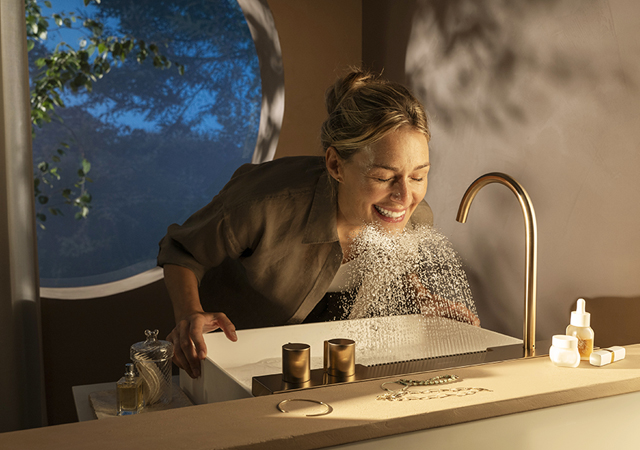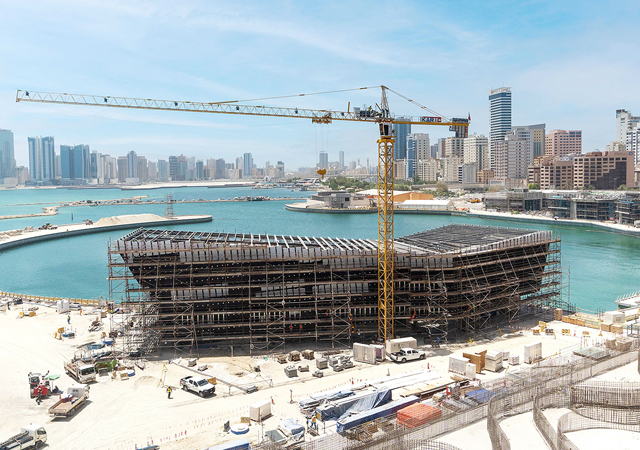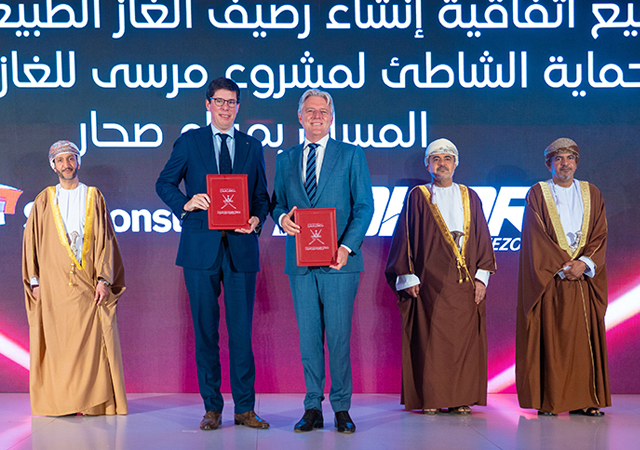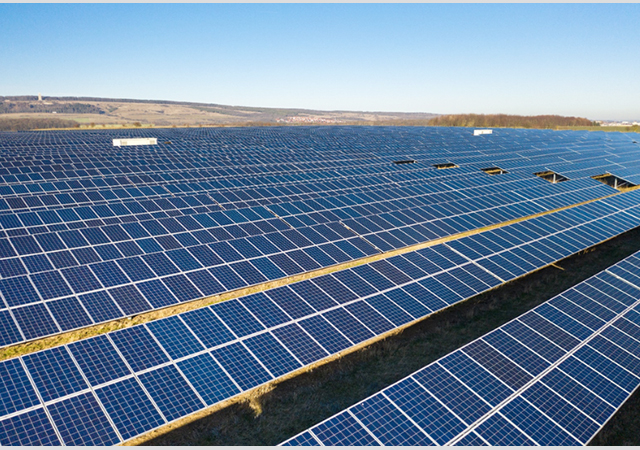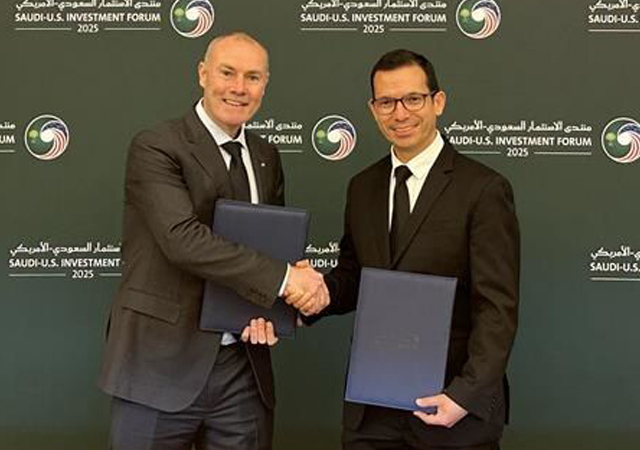
 The 950 Cyrogenic pump on test at Girdlestone's plant ... revolutionary technology
The 950 Cyrogenic pump on test at Girdlestone's plant ... revolutionary technology
Girdlestone Pumps, now part of UK's Weir Group following its acquisition of Warman International, has come out with its innovative 950 Cryogenic range of pumps.
The pump has been known about for the last four years and during this time Girdlestone has been perfecting its design and performance while establishing an experienced worldwide reference database, says a spokesman for the company.
Working with the co-operation of one of the world's leading air separation specialists, the new pump has almost eliminated unscheduled downtime while making a significant contribution to increasing productivity, he claims.
"The pump is revolutionary because is does not use any conventional sealing technology or require the injection of an expensive inert gas, instead it uses the cryogenic fluid's own unique properties to seal itself.
"Particularly successful on continuous operations, the concept was developed for those difficult stop/start applications where conventional pumps need to be drained during stopped periods and conventional sealing methods tended to have the seal faces ripped apart due to freezing prior to restarting the pumps," says the spokesman.
"Original estimates put the MTBF (mean time between failure) as three months maximum with repair and loss costs at about $2,560 each time. This means that the 950 would pay for itself within 12 months," he says.
"Add to that the fact that the pump can be kept cold indefinitely; does not need draining down; and eliminates the need for a standby unit. This means that capital costs for new installations have been significantly reduced."
Continuing on the working of the pump, the spokesman says a simple design uses the unique properties of liquid nitrogen and liquid argon to pressurise the space between the pump and motor, as well as the motor frame itself. The pressure builds until it equalises the suction pressure; the product is then fully contained within this environment, with zero leakage.
"Fluid passes from the pump casing via a special low temperature non-contacting throttle bush, which ensures the liquid is converted to a gas by lowering the pressure. As more and more gas enters the space, the pressure within the pump builds until it equals the pressure of the liquid contained in the pump casing. A heater mounted on the motor's front bearing and a RTD (resistance temperature device) are fitted to allow monitoring of the temperature in the pump. Various methods of control are available, depending on customer requirements, from a fully self-contained unit to an arrangement which provides feedback to the client's own system," he says.
Using an auxiliary motor cooling fan running at a constant speed makes the pump ideal for use with variable speed controllers for difficult low NPSH (nett positive suction head) start-up applications, says the spokesman.
"Using Girdlestone's proven 910 pump liquid end, with its high efficiency low NPSH design, the 950 draws on part from stock and is available on short lead times. Each pump is mounted on a robust steel baseplate with the controls as required and is engineered to suit the client's own particular applications. Currently rated for 13 bar gauge operating pressures, and pressure tested to 20 bar G, special designs are available for higher pressures," he adds.
"Each pump is given a full performance test on water prior to being dried and cryogenically tested in a specially-designed facility before being dispatched. This ability ensures the product will give 100 per cent satisfaction when installed," says the spokesman.






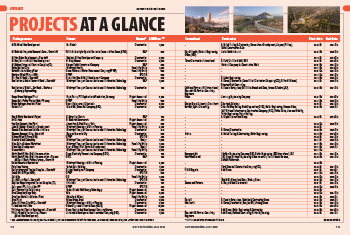



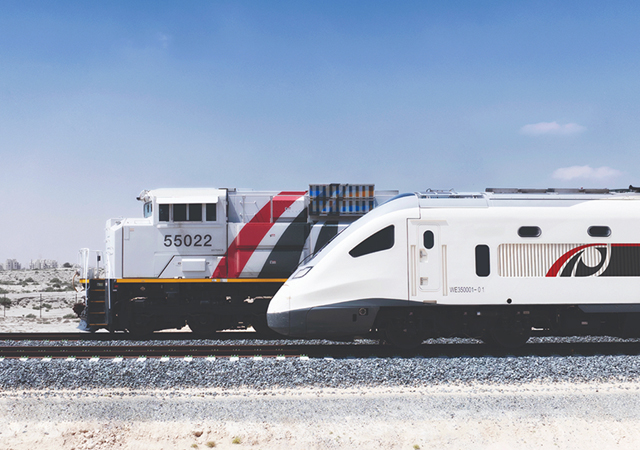


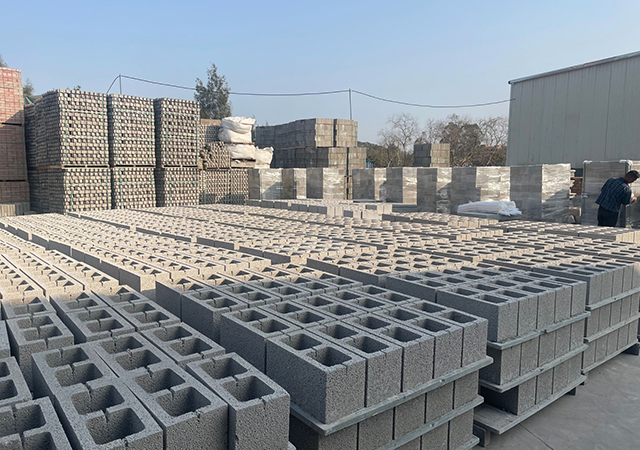


.jpg)
.jpg)
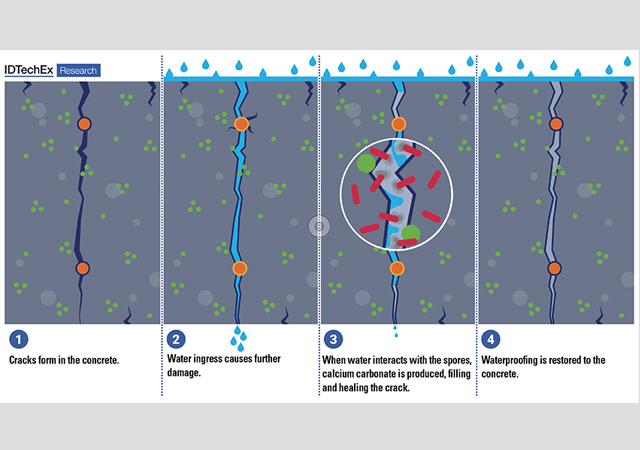
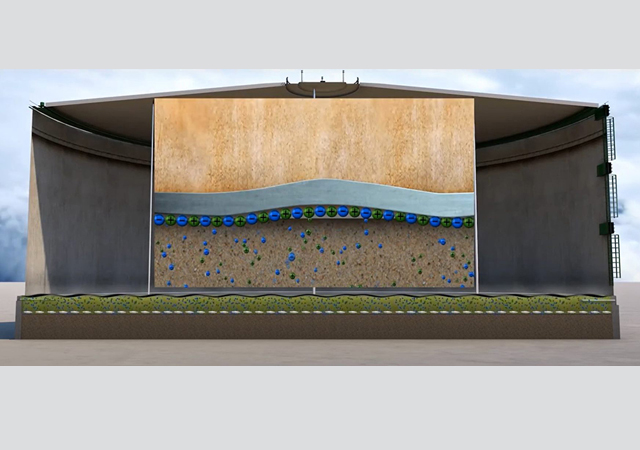
.jpg)
.jpg)
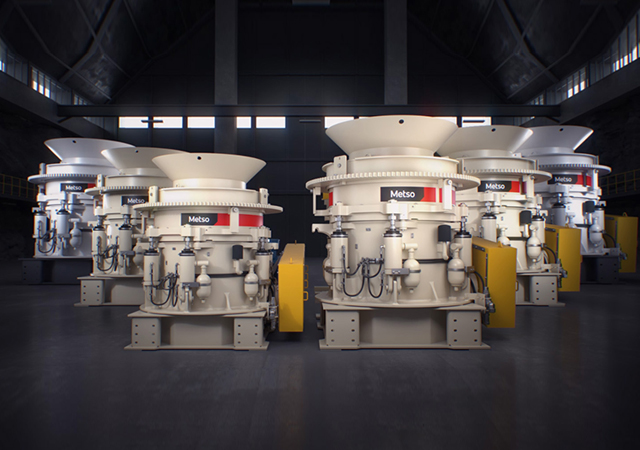

.jpg)

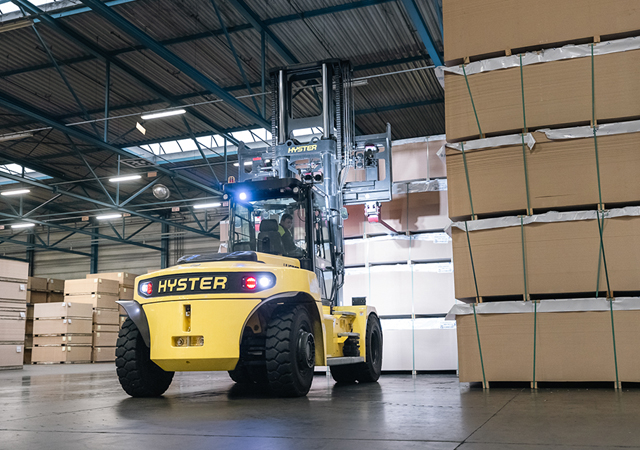
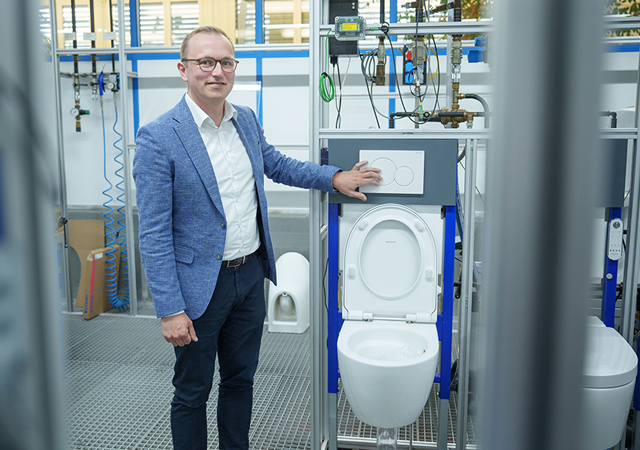

 Doka.jpg)
